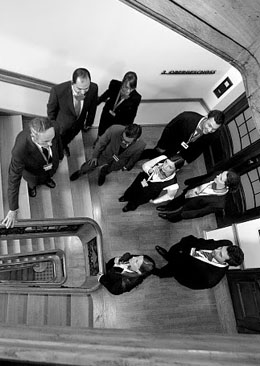Whether you need texts, translations or interpreting services – Wort & Schrift delivers top professional quality in a wide variety of fields and adapts to clients’ needs when it comes to cultural and linguistic nuances on both sides of the Atlantic.
Journalists, translators and interpreters alike must be able to quickly get a handle on a broad range of subjects and styles – and with Wort & Schrift, that’s a given.

Wort & Schrift makes sure your message comes across.
When writing and editing texts, it is paramount to respect the client’s expectations and ideas. Wort & Schrift ensures that each text is accurate in terms of content, tailored to the designated audience, eloquent and to the point. It goes without saying that all formal and content guidelines are respected.
The scope of services rendered spans all journalistic activities, from editing existing documents to researching and writing texts. You can commission Wort & Schrift to write or edit many different types of texts, including press reports, website content as well as articles for corporate publications and other media.
You decide how much information you want to provide for the text, or how extensive the research conducted by Wort & Schrift should be. If you already have a large amount of facts on a specific topic, Wort & Schrift can create a compelling text based on a list of bullet points. You can also commission Wort & Schrift to produce a text on any given topic, without having to provide any background information. In these cases, Wort & Schrift draws on its journalistic expertise to produce the desired text.

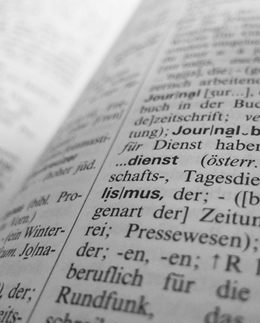

The translation of specialist texts, whether they relate to business, law or the humanities, requires in addition to a detailed knowledge of language and culture a thorough understanding of each area of expertise. Wort & Schrift offers accurate, highly professional translations that are tailored to each occasion and specialist area – and can of course provide certified versions when required.
While certain types of documents make it necessary for the translation to adhere precisely to the original, as is the case for example with certificates and legal documents, it can be preferable to translate other sorts of texts more freely in order to achieve a more sophisticated style and to reach a readership in another language. This is especially the case with text forms in which it is more important to render the author’s tone, style and intention than the precise wording. The goal in each case is to make sure the reader does not realize the text is a translation.
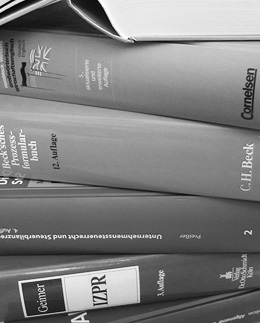
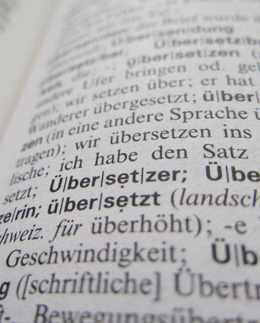

Simultaneous interpretation is a way for speakers at international events to communicate in a smooth and efficient manner. There is virtually no time lag, many listeners can follow a speaker and, when necessary, multiple teams of interpreters can work into numerous languages at the same time. The interpreter translates the speaker’s words almost instantaneously into the target language, which is broadcast directly from the interpreter’s microphone to the listener’s headphones. The interpreter can clearly see both the speaker and the audience.
This type of interpreting demands intense concentration, a rapid retrieval of diverse areas of specialized information and a downright athletic linguistic effort. The conference attendees should hear the message clearly and correctly, presented fluently by a consistently pleasant voice. Unfortunately, it’s not as simple as just repeating the words in another language: the different structures of different languages require that the interpreter reorganize sentences, choose the most fitting expression from among several options, and find appropriate equivalents for idioms, puns and jokes – all in a matter of seconds.


The interpreter sits between or behind a maximum of two listeners and literally whispers the translation to them. It can be described as simultaneous interpreting without the booths. To use this method for a small group, the interpreter can use a guided tour system (wireless microphone and headsets).
This type of interpreting is mobile and is particularly well-suited for tours (of factories, for example) or shorter meetings with few participants, who themselves won’t be giving speeches that need to be interpreted. Since whispering can limit the interpreter’s natural vocal modulation and increases the noise level in the room, this type of interpreting is fatiguing for both interpreter and listeners, and is therefore used only in special situations.
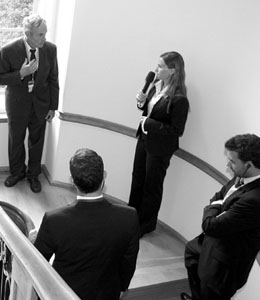

Here, the translation takes place with a time delay. The speaker gives his or her entire speech, or just a part of it. The interpreter takes notes and then gives the presenter’s speech in the target language. This type of interpreting requires excellent memory skills, an efficient note-taking technique and the conscious, professional use of the voice.
In negotiation or escort interpreting, the focus is on individual sentences or brief points as opposed to entire speeches. This makes it possible for two or more parties to have a continuous discussion in a dynamic and flexible way.
Consecutive interpreting by its very nature takes longer than simultaneous interpreting, and is therefore suitable only for certain events.


Since conference interpreters can work only so long at a stretch, they usually work in teams of at least two people. The number of interpreters therefore multiplies at multilingual events. Event organizers often rely on support from a consulting interpreter in putting together teams and organizing the interpreting setup. This consultant can precisely assess which team is suited for which situation, thus contributing to the success of the event.
In this area, you can rely on Wort & Schrift’s comprehensive expertise and experience. Wort & Schrift can assist you in choosing the appropriate conference equipment and assembling the best team of professional interpreters. Even if you require languages other than German and English, Wort & Schrift offers you excellent coverage through a network of highly qualified colleagues.
